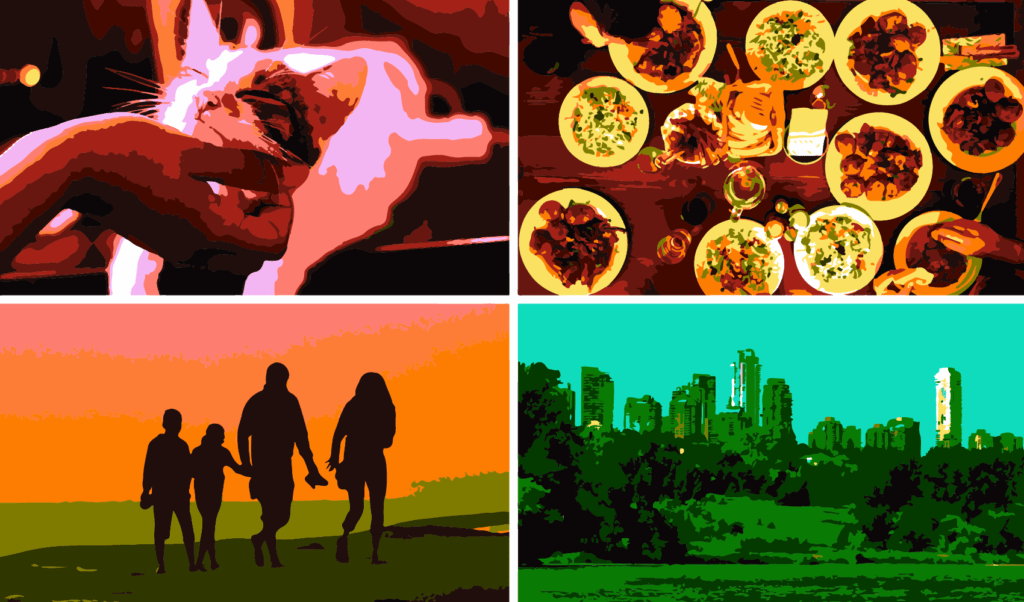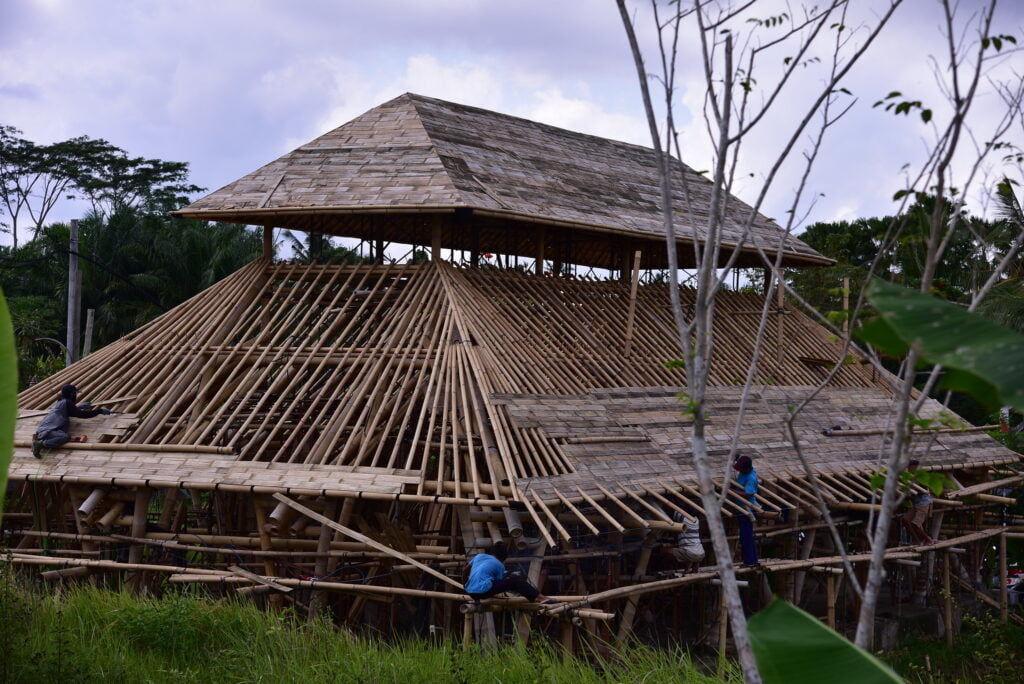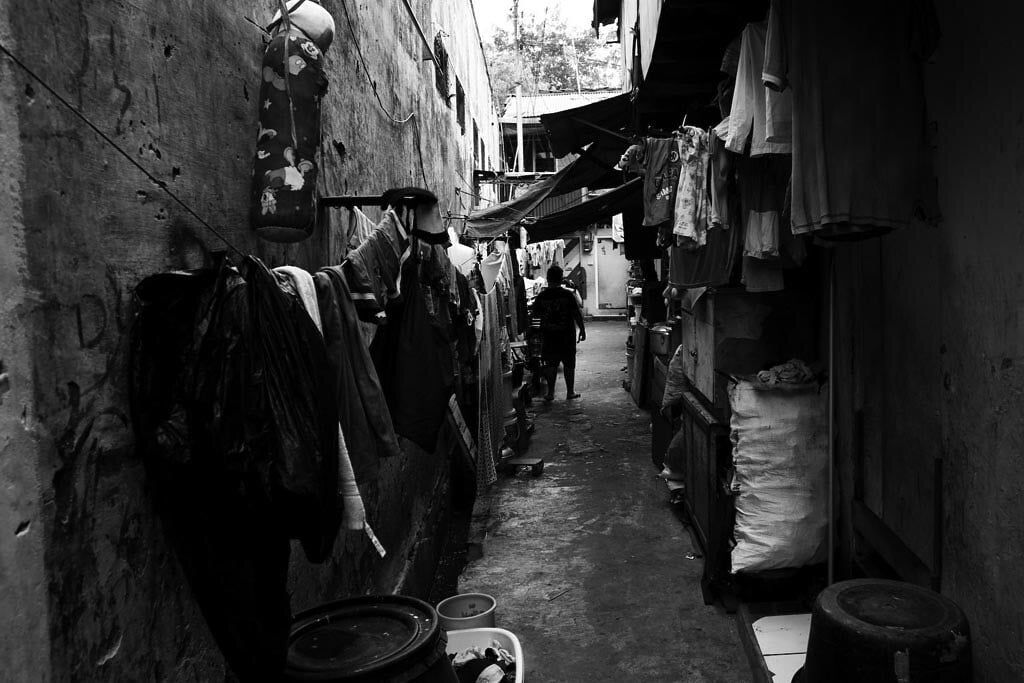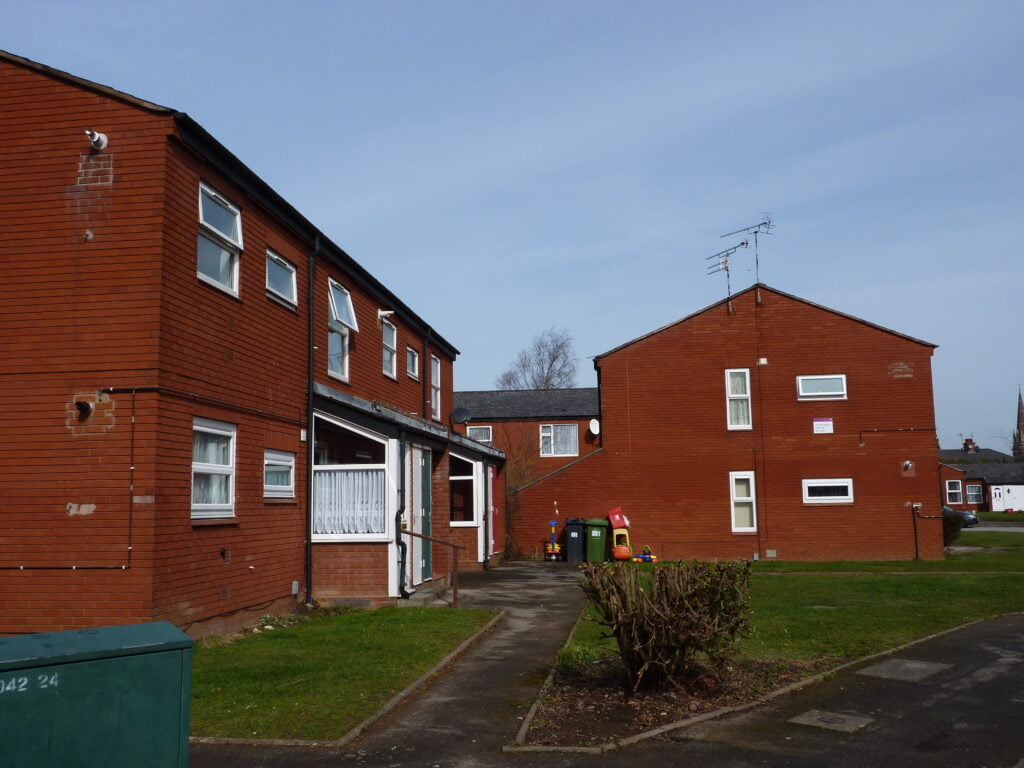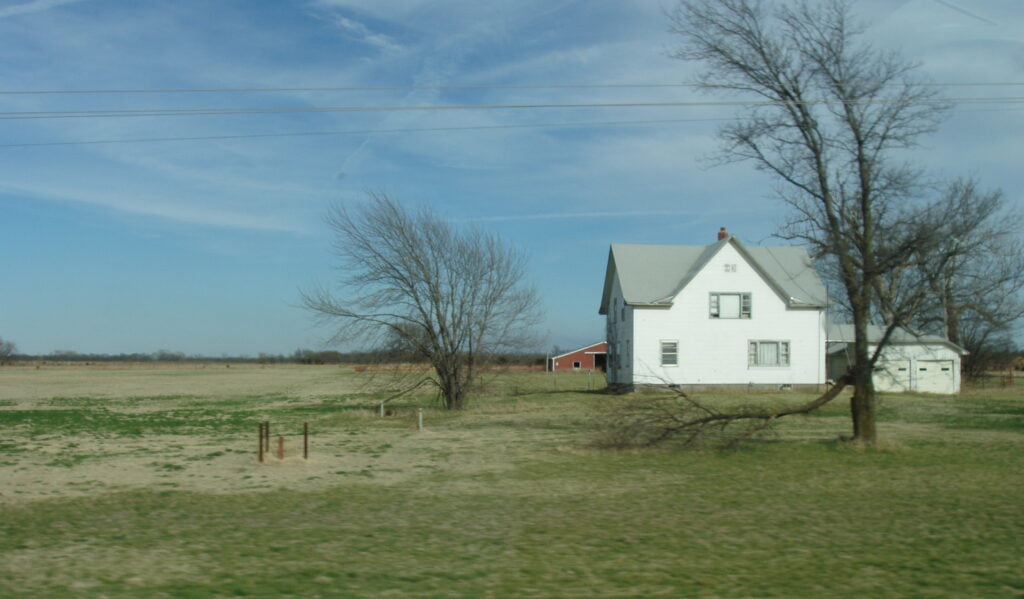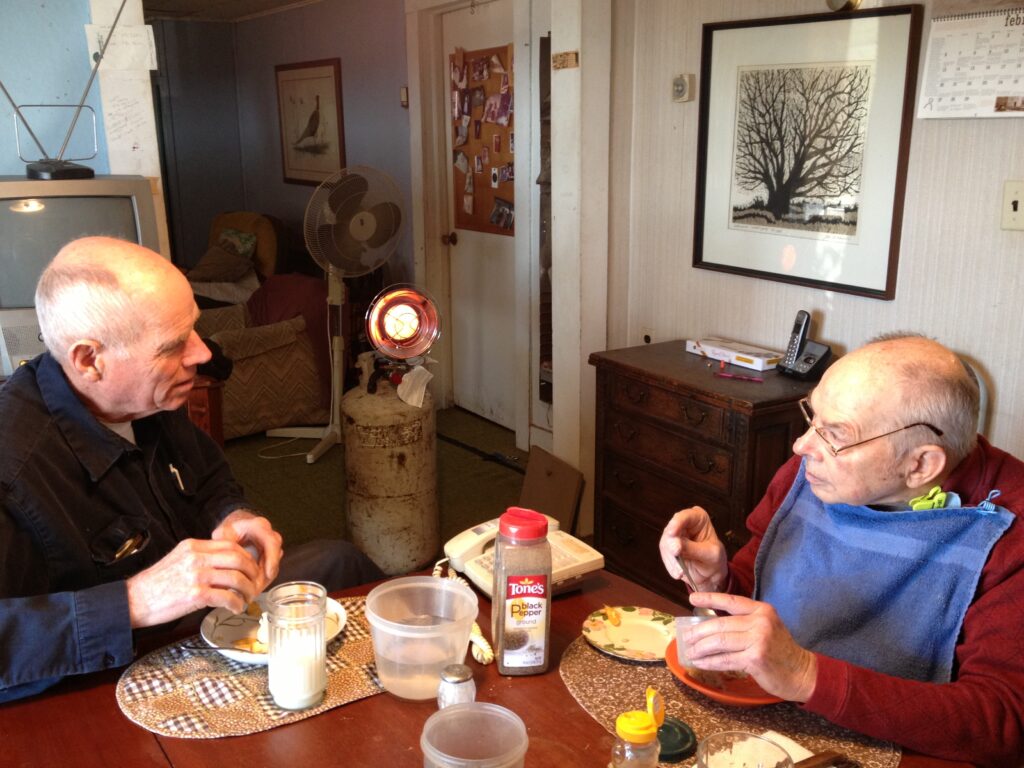Maggie's are health centres designed to be beautiful and healing. Prisons could learn something from their design principles.
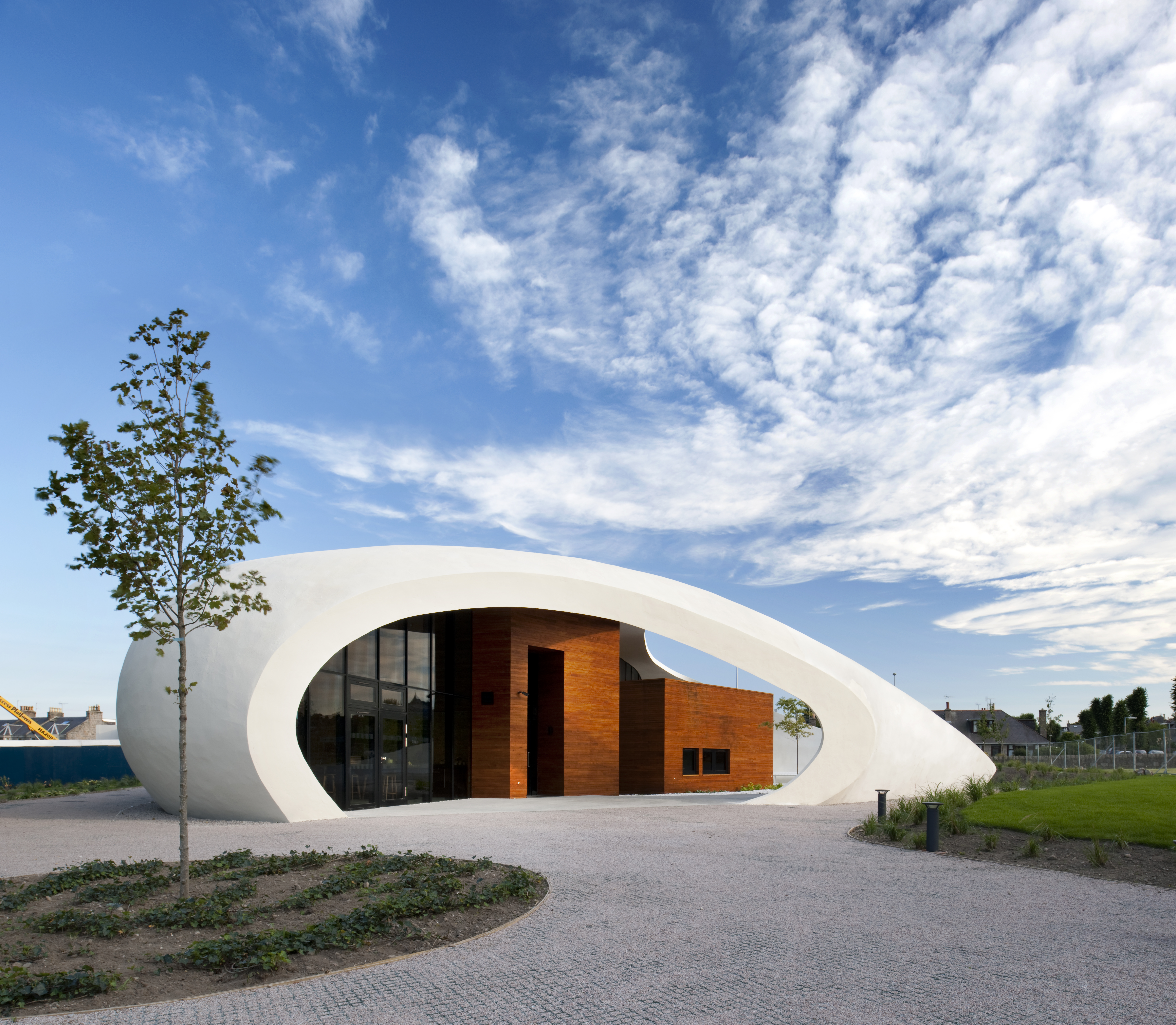 An architecturally designed prison with light, views and nature seems fanciful. But it could be what’s needed to deliver good neighbours, friends, colleagues and parents back into the community: PHILIPVILE All rights reserved
An architecturally designed prison with light, views and nature seems fanciful. But it could be what’s needed to deliver good neighbours, friends, colleagues and parents back into the community: PHILIPVILE All rights reserved
Maggie’s are health centres designed to be beautiful and healing. Prisons could learn something from their design principles.
‘Maggie’s’ are universally beautiful. The centres for cancer patients and their families were established by architect Maggie Keswick, who died of cancer in 1993, and her husband, Charles Jencks. They’re intended to be the opposite of the windowless, neon-lit chemotherapy units found in so many general hospitals. Instead, Keswick and Jencks planned an alternative space with views of nature, where patients could sit peacefully between bouts of noxious therapy.
Many of the growing network of Maggie’s, currently at 30, in the United Kingdom, Barcelona, Hong Kong and Tokyo, have been designed by ‘starchitects’ including Frank Gehry, Norman Foster, Rem Koolhaas, Richard Rogers and Zaha Hadid. They are unique, architecturally striking and linked by design qualities: light, beauty, openness, intimacy, views, connectedness to nature and ‘homely’ in space and feeling. All of this combines to form what Jencks called an “architecture of hope”.
The leap from inspirational Maggie’s to prisons seems incongruous. But prisons have many similarities to hospitals. With incarceration rates on the rise globally, prison architects could look to such pioneering healthcare centres for inspiration on how to do things differently.
Guided by the Enlightenment tradition that good design can do more for health and well-being than the medical profession can, Jencks told the Guardian in 2010 that there is an intimate relationship between our environments and our health. Maggie’s reconnect with this “secret tradition”, he said. While we need medical centres to cure us, he believed we also need to feel like people rather than patients.
Prisons and hospitals are both large, densely occupied buildings, accessible every day to numerous visitors, clinical and civilian. They operate around the clock with continuously running climate control, lighting and devices, such as security alarms and cameras, making them environmental ‘toxic hogs’. Occupants have restricted movement, and have to depend on staff for almost everything vital to their existence.
Being in either hospital or prison can involve physical and psychological crowding and isolation (often simultaneously), as well as sensory deprivation and overload (also simultaneously). So severe can the effects be that serving a long-term custodial sentence has not only been shown to rapidly accelerate the ageing process but has been compared to being diagnosed with a chronic or terminal illness, or even with severe mental illness. Prison environments have also been shown to increase the likelihood that prisoners and staff will experience mental and physical ill health.
Prisons are usually noisy environments that do little to ease anxiety or promote healthy behaviour, but when the environment is designed to be calm and ‘normalised’, it has been found that prisoners are more relaxed and easier to manage. Temperature is important too. Sometimes – as in the now notorious Don Dale Youth Detention Centre in Australia’s Northern Territory – the weather is deliberately used as a weapon, with guards denying fresh air as a form of punishment. Older institutions, on the other hand, are frequently cold and draughty, and many prison governors resort to handing out blankets in winter to keep people warm.
Another aspect of ‘unhealthy’ prison environments is continual noise, which can have profoundly negative physical and psychological effects, especially if it affects the amount and quality of sleep that prisoners have. Loss of sleep has been shown to damage mental and physical health, interfere with concentration and patience, increase levels of annoyance, frustration and aggressive behaviour, reduce positive social behaviour and meaningful interactions with others and result in higher levels of medication being prescribed. Lighting levels can have similar impacts. Because of light’s role in regulating circadian rhythms, people need both good light during daytime hours and good dark at night to sleep well. Prisons often lack both, and insomnia is a significant problem.
Perhaps one of the most obvious ways that prisons can become more ‘healthy’ is through adopting ‘biophilic’ and ‘salutogenic’ principles — essentially, there can never be too much grass or greenery. Views of, and access to, green spaces, landscape and nature are crucial to well-being and have long been recognised as beneficial in healthcare facilities. Studies of hospital patients have linked views of nature to faster recovery times, reduced demand for medication and lower levels of frustration and impatience. Studies of prisons have found that landscapes incorporating trees and the wildlife they attract reduce feelings of sterility in the penal environment and lead to general improvements in emotional well-being.
Relationships with nature have been found to fortify us against the stresses and strains of daily life, but have particular impact for those suffering chronic stresses, such as prisoners and hospital patients. While prisons are notoriously devoid of nature, access to restorative, therapeutic natural spaces has the potential to allow prisoners to more effectively cope with stress, trauma and anger, creating space for more considerate behaviour, positive change and progression.
Creating opportunities for work is an important component of a ‘healthy’ prison. A job provides a healthy attachment to society; it becomes ‘something to lose’ if a person re-offends. Horticulture and animal husbandry can offer recognised qualifications and other forms of ‘green collar training’. Such programmes equip participants with skills, values and tools they can use in their rehabilitation or addiction recovery after leaving the programme, building what is called ‘recovery capital’. An example is the now-defunct HMP Rye Hill’s Master Gardener Programme in the English Midlands. Among the initiatives was an organic garden for people recovering from substance misuse (designed by prisoners to teach former substance misusers the harms of putting chemicals into the ecosystem and into their own systems) and a beekeeping programme for which prisoners made rattan beehives.
Despite good intentions, ‘healthy prisons’ have drawn criticism from prison abolitionists who argue that any new prison construction serves to further embed imprisonment into society and culture. However, thinking about prisoners’ needs and rights can create a culture of empathy, consideration and improvement, first in the prison system and then in the community beyond.
Some might wonder why prisoners should be considered ‘worthy’ of conditions that are rarely even provided for hospital patients. Currently, prison environments in many parts of the world are damaging and traumatic places that leave inhabitants and staff vulnerable to mental and physical ill health and pain. Prison staff deserve working conditions that support them to make positive differences in their challenging roles. If we want prisoners to rejoin society as good neighbours, friends, colleagues and parents, then we must provide the skills and environments to facilitate such personal growth, healing and discovery.
Yvonne Jewkes is Professor of Criminology at the University of Bath and is an expert in prison architecture and design. She has published widely and has been a consultant on the design of new prisons in the UK, Australia, New Zealand and the Republic of Ireland. She has won two prestigious prizes for her involvement in the new women’s prison in Limerick, Ireland, and is currently writing a book for a non-academic audience about prison design. This research was undertaken with support from the Economic and Social Research Council (ESRC).
Holly Dempsey is a PhD candidate at the University of Bath researching how biophilia and biophobia are experienced in prison, and how these experiences are influenced by prison design and regime.
Originally published under Creative Commons by 360info™.


